When the weather is nice, the Buxton boarding school moves lunch outside. Students, faculty and guests grab their food from the kitchen, and eat together under a white tent that overlooks western Massachusetts’ Berkshire mountains.
As the close of the school year neared last June, talk turned to final assignments (the English class was finishing Moby-Dick) and end-of-year fun (there was a trip planned to a local lake). It was, in most ways, a typical teenage afternoon — except that no one was on their phones.
Buxton was wrapping up the first year of a simple yet novel experiment: banning cellphones on campus. Or, rather, smartphones.
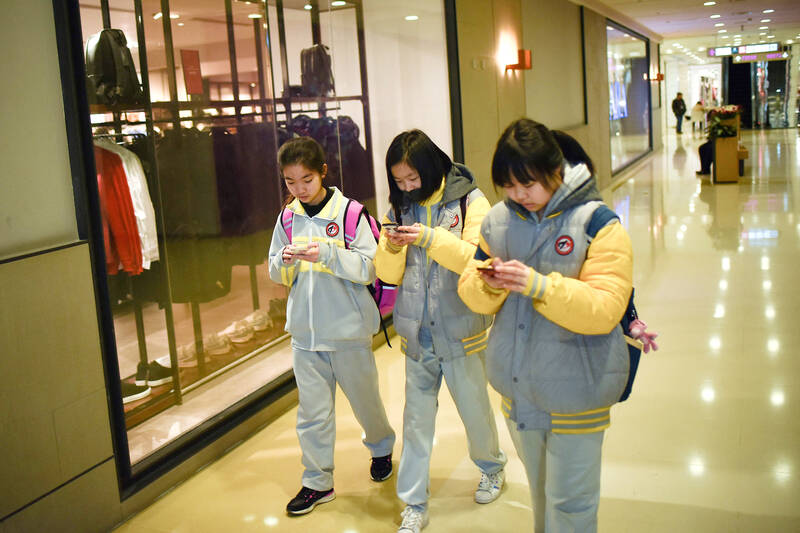
Photo: AFP
Instead, the school gave everyone on campus — including staff — a Light Phone, that is, a “dumb” phone with limited functionality. The devices can make calls, send texts (slowly) and can’t load modern applications; instead coming with deliberately cumbersome versions of music and mapping apps. They are about the size of a deck of cards, with black and white screens.
As one student put it: “It’s like the demon baby of an iPad and a Kindle.”
Most everyone agrees, however, that the school is better off with these hell devices. (And yes, that includes students.) There are fewer interruptions during class, more meaningful interactions around campus, and less time spent on screens.
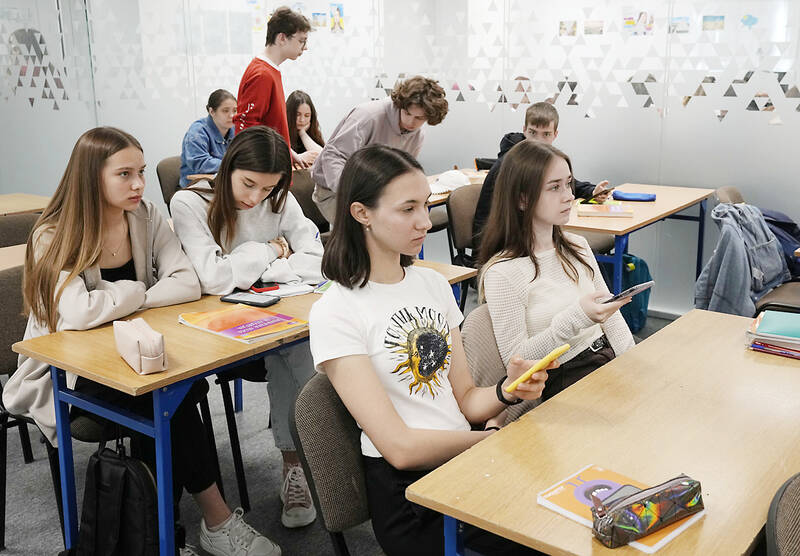
Photo: AP
“It’s a problem we’ve found a pretty good way to address,” Scott Hunter, who teaches English and music, said of smartphones.
Bea Sas, a senior at Buxton, added: “I think people are a lot more social.”
EXASPERATING PHONE USE
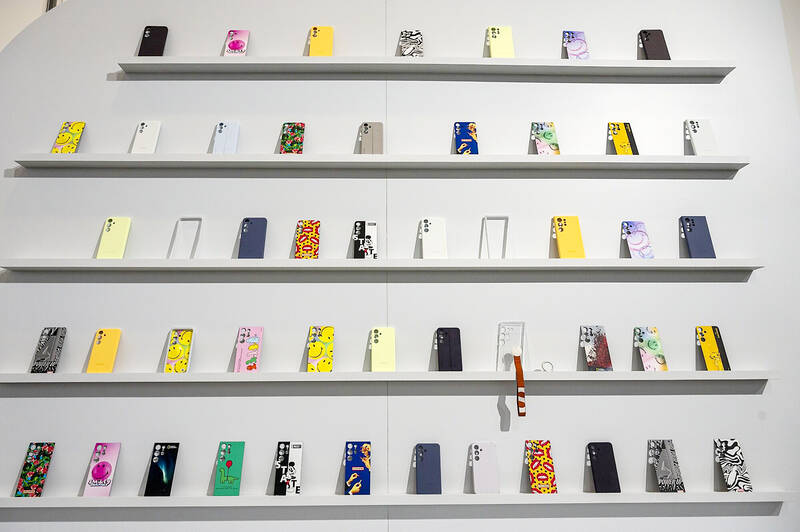
Photo: Bloomberg
For many teachers, their students’ phone use is exasperating.
“It’s every class, every period,” said Mark McLaughlin, a math teacher at Neah-Kah-Nie high school in Oregon. “The worst part of my job is being the cellphone police.”
Educators across the country report waging a near-constant battle against phones. A survey of a school district in Virginia found that about a third of teachers were telling students to put away their cellphones five to 10 times a class, and 14.7 percent did so more than 20 times a class.
When a middle school in Canada surveyed staff, 75 percent of respondents thought that cellphones were negatively affecting their students’ physical and mental health. Nearly two-thirds believed the devices were adversely affecting academic performances as well.
“It’s a big issue,” said Arnold Glass, a professor of psychology at Rutgers University who has researched the impact of cellphones on student performance. “They lose anywhere between a half and whole letter grade if they are allowed to consult their phones in class.”
Ian Trombulak, a guidance counselor at Lamoille Union high school in northern Vermont, is also facing a flood of cellphones at his school.
“I have kids who during the day get a Snapchat or text and it ruins their entire day,” he said.
Another issue he’s seeing is that students use cellphones to coordinate mass trips to the bathroom so they can hang out during class.
“It feels like it distracts from the learning that happens on the academic level.”
When I mentioned the Buxton experiment to Trombulak, he was intrigued. One thing it could address, he noted, was the argument from students that they need phones to communicate with their parents. And, he said, teenagers often adapt to new parameters relatively quickly. He remembers a field trip with his students where, at the last minute, everyone learned that cellphones wouldn’t be allowed. At first, the news was apocalyptic.
“They were so upset. They didn’t know how to handle themselves. I was really nervous,” said Trombulak, reliving the drama. But part way through the trip, the kids largely forgot about their phones and, at one point, they self-policed a girl who tried to sneak a phone on to the rope source.
“At the end of the first day, sitting around the campfire, they said, ‘We didn’t think about our phones all day,’” said Trombulak. “That was really cool.”
PANIC, GRIEF, ACCEPTANCE
To an extent, Buxton saw a similar progression through the stages of panic, grief and ultimately some level of acceptance.
“When it was announced I practically had a breakdown,” said then senior Max Weeks.
And while he’s still not a fan of what he says was a “unilateral” decision to switch to the Light Phone, he said, overall, the experience “hasn’t been as bad as I expected.”
It’s an open secret that students still sneak phones into their rooms on campus, with some testing the limits more than others.
“People get pretty ballsy,” said Yamailla Marks, also a Buxton senior, and get caught.
Generally, though, it’s hard to spot a smartphone on campus.
That includes staff. The head of the school, Peter Beck, says he gave up his iPhone for a Light Phone and installed an old GPS system in his car for when he needs to go out into the world. He’s thrilled with how the first year has gone. (Beck left the school at the end of the summer).
It’s difficult to tell how the new phone policy is affecting academic performance because Buxton uses a narrative evaluation system. But culturally, Beck says, the move has been transformative, often in small but cumulatively meaningful ways.
“People are engaging in the lounges. They are lingering after class to chat,” said Beck, who estimates that he’s now having more conversations than ever at the school.
“All these face-to-face interactions, the frequency has gone through the roof.”
Another effect has been a surge of students signing up for the school’s photography class, which uses film cameras. Enrollment nearly tripled. While a popular new teacher may have been a factor, Light Phones also don’t have cameras.
“It’s much more of a process to get photos now than with the phone,” said Marks, but she’s fallen “in love” with photography.
Still, when she goes home for breaks it’s back to her smartphone. Then she has to give it up again when she comes back to school.
“It’s really funny how you adjust very quickly. Like subconsciously.”
Buxton isn’t alone in trying to curb the use of smartphones in schools. As of 2020, the National Center for Education Statistics reported more than three-quarters of schools in the US had moved to restrict the non-academic use of the devices. France banned smartphone use in schools in 2018. But whether the private schools’ Light Phone approach could — or should — be applied to public schools wrestling with how to handle cellphones is up for debate.
SKEPTICISM
As a parent, Mark’s mother, Nina Marks, has been thrilled by the Buxton experiment. The school picked, and largely won, a fight that she hadn’t been able to with her daughter. But as a teacher, she’s hesitant.
“Children and adolescents have supercomputers in their pockets … It’s a constant battle to deal with,” she said, agreeing with other educators. But, she adds, having to police cellphones has created friction with her students in the past and can single out students in ways that can be problematic. She likes her current school’s policy, which is to let each teacher decide how to handle phones in their classrooms.
Marks isn’t alone in being skeptical of outright bans. A staff survey at a school district in Illinois found that 70 percent of the 295 respondents thought students should be allowed to have their phones at school.
“We aren’t teaching them accountability and responsibility by storing it for the day,” wrote one anonymous commenter.
Trombulak also sees phones as a potential teaching moment for students.
“They’re struggling with the phone, but they didn’t invent the phone. They didn’t buy the phone,” he said. “If school is a place you’re supposed to learn how to do things, then safe technology use needs to become more part of the curriculum.”
Providing dumb phones could be part of the way forward, Nina Marks admits, but she wonders if funds at already strapped public schools could be put to better use.
“If you think of people as addicts, you have to replace that with something else,” she said. “If there was extra money to go around, rather than buying every kid another device, I would give every kid a journal and some really nice paint markers.”
Nonetheless, Light Phone has seen interest from other private schools and school groups, intrigued by the Buxton model, as well as organizations such as churches.
The company bills itself as an antidote to smartphone overuse — a non-alcoholic beer of phones. “We’re actually pretty into tech — we built a phone. We’re just not into extractive tech that manipulates your emotional state,” said Joe Hollier, one of the founders. “So many people got a smartphone and didn’t intend to wake up and check their email before they brush their teeth. But that’s what started happening.”
Light Phone is also working on potential tweaks to the design. While Hollier says that Light Phones are intentionally small and slow, so that people use them less, students report that they also break easily and the batteries die quickly, which wasn’t in the plan. They are also debating whether to add the option for a camera, or other features. But, Hollier doesn’t want the broader message to disappear in the details.
“It’s about trying to find a balance that’s appropriate for you, whether that’s a Light Phone, a simplified iPhone or whatever it is,” he advised. “[The goal] is to hopefully remind people that we have the agency to decide how we use these things.”
Hollier was among the diners as lunch wound down at Buxton. When the chatter waned, staff and students started making daily announcements. Seniors should meet in the library to go over their graduation speeches. A reminder that prom was just a few days away, followed by a reprimand for whoever stole sparklers from the chemistry lab and a note that the biology class was changing locations.
Then, over the speakers, Can I Call You Rose? by Thee Sacred Souls started to croon. And, on a walkway replete with flowers, a proposal to prom unfurled — they said yes.
“The best promposal ever,” cheered one member of the crowd. Another added: “That was soooo good.”
No one caught the moment on camera.

Last week, the the National Immigration Agency (NIA) told the legislature that more than 10,000 naturalized Taiwanese citizens from the People’s Republic of China (PRC) risked having their citizenship revoked if they failed to provide proof that they had renounced their Chinese household registration within the next three months. Renunciation is required under the Act Governing Relations Between the People of the Taiwan Area and the Mainland Area (臺灣地區與大陸地區人民關係條例), as amended in 2004, though it was only a legal requirement after 2000. Prior to that, it had been only an administrative requirement since the Nationality Act (國籍法) was established in

Three big changes have transformed the landscape of Taiwan’s local patronage factions: Increasing Democratic Progressive Party (DPP) involvement, rising new factions and the Chinese Nationalist Party’s (KMT) significantly weakened control. GREEN FACTIONS It is said that “south of the Zhuoshui River (濁水溪), there is no blue-green divide,” meaning that from Yunlin County south there is no difference between KMT and DPP politicians. This is not always true, but there is more than a grain of truth to it. Traditionally, DPP factions are viewed as national entities, with their primary function to secure plum positions in the party and government. This is not unusual
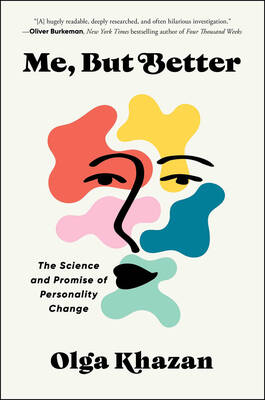
The other day, a friend decided to playfully name our individual roles within the group: planner, emotional support, and so on. I was the fault-finder — or, as she put it, “the grumpy teenager” — who points out problems, but doesn’t suggest alternatives. She was only kidding around, but she struck at an insecurity I have: that I’m unacceptably, intolerably negative. My first instinct is to stress-test ideas for potential flaws. This critical tendency serves me well professionally, and feels true to who I am. If I don’t enjoy a film, for example, I don’t swallow my opinion. But I sometimes worry
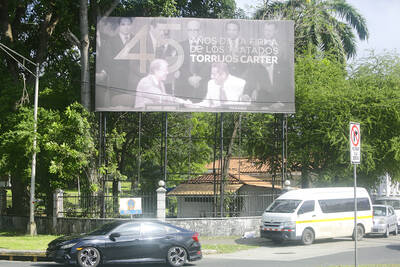
US President Donald Trump’s bid to take back control of the Panama Canal has put his counterpart Jose Raul Mulino in a difficult position and revived fears in the Central American country that US military bases will return. After Trump vowed to reclaim the interoceanic waterway from Chinese influence, US Defense Secretary Pete Hegseth signed an agreement with the Mulino administration last week for the US to deploy troops in areas adjacent to the canal. For more than two decades, after handing over control of the strategically vital waterway to Panama in 1999 and dismantling the bases that protected it, Washington has